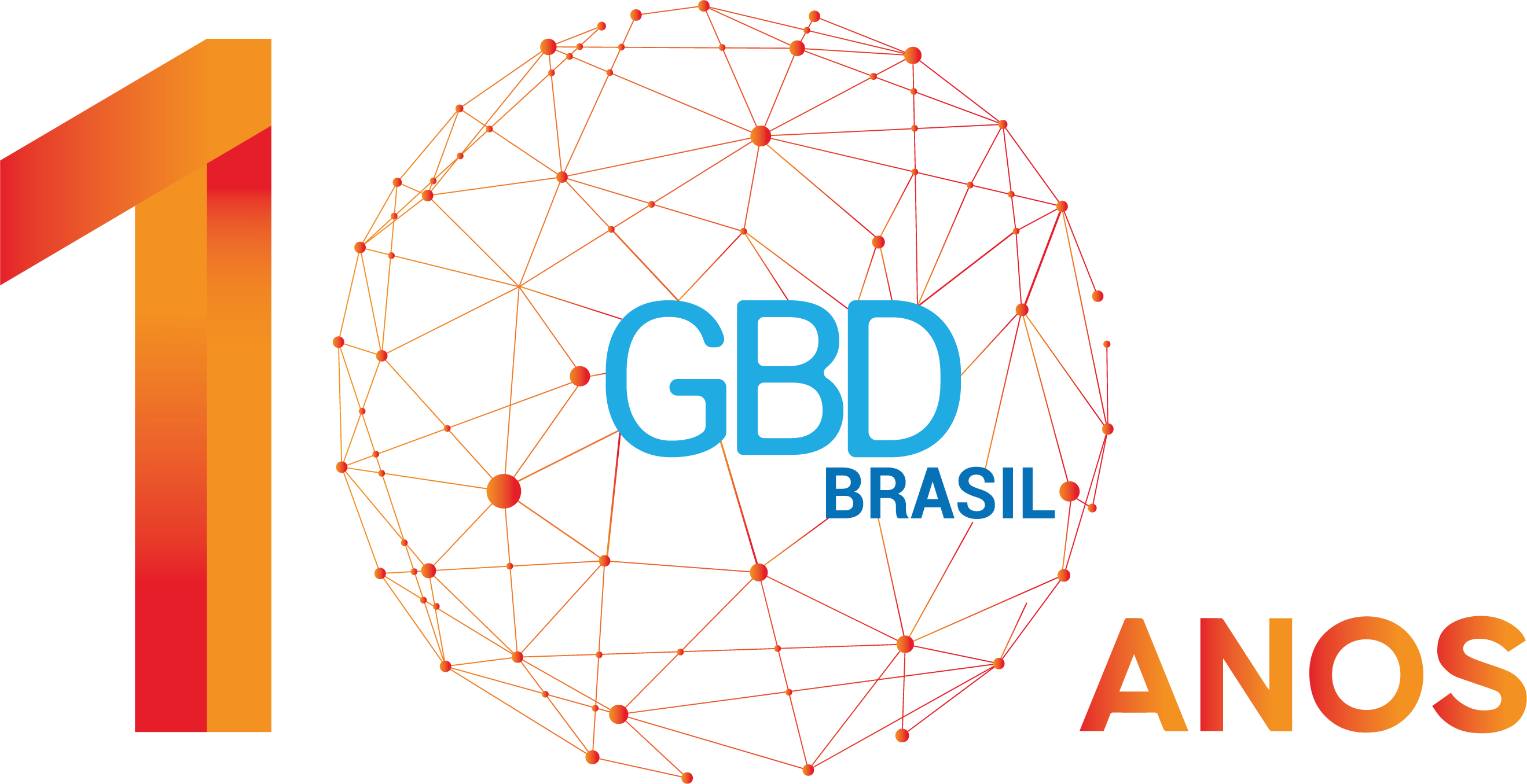Data de publicação
Maio de 2017
Periódico
Revista Brasileira de Epidemiologia
Resumo
Introduction and objective – The global burden of disease (GBD) 2015 project, extends GBD analyses to include Brazilian federative units separately. We take advantage of GBD methodological advances to describe the current burden of diabetes and hyperglycemia in Brazil.
Methods – Using standard GBD 2015 methods, we analyzed the burden of diabetes, chronic kidney disease due to diabetes and high fasting plasma glucose in Brazil and its states.
Results – The age-standardized rate of disability-adjusted life years (DALYs) which was lost to high fasting plasma glucose, a category which encompasses burdens of diabetes and of lesser hyperglycemia, were 2448.85 (95% UI 2165.96-2778.69) /100000 for males, and 1863.90 (95% UI 1648.18-2123.47) /100000 for females in 2015. This rate was more than twice as great in states with highest burden, these being overwhelmingly in the northeast and north, compared with those with lowest rates. The rate of crude DALYs for high fasting plasma glucose, increased by 35% since 1990, while DALYs due to all non-communicable diseases increased only by 12.7%, and DALYs from all causes declined by 20.5%.
Discussion – The worldwide pandemic of diabetes and hyperglycemia now causes a major and growing disease burden in Brazil, especially in states with greater poverty and a lesser educational level.
Conclusion – Diabetes and chronic kidney disease due to diabetes, as well as high fasting plasma glucose in general, currently constitute a major and growing public health problem in Brazil. Actions to date for their prevention and control have been slow considering the magnitude of this burden.
DOI/link
https://doi.org/10.1590/1980-5497201700050008
Autoria
Vínculo institucional
Lattes
Orcid
Mohsen Naghavi
Institute for Health Metrics and Evaluation da University of Washington – Seattle (WA), Estados Unidos.


Meghan Mooney
Institute for Health Metrics and Evaluation da University of Washington – Seattle (WA), Estados Unidos.


